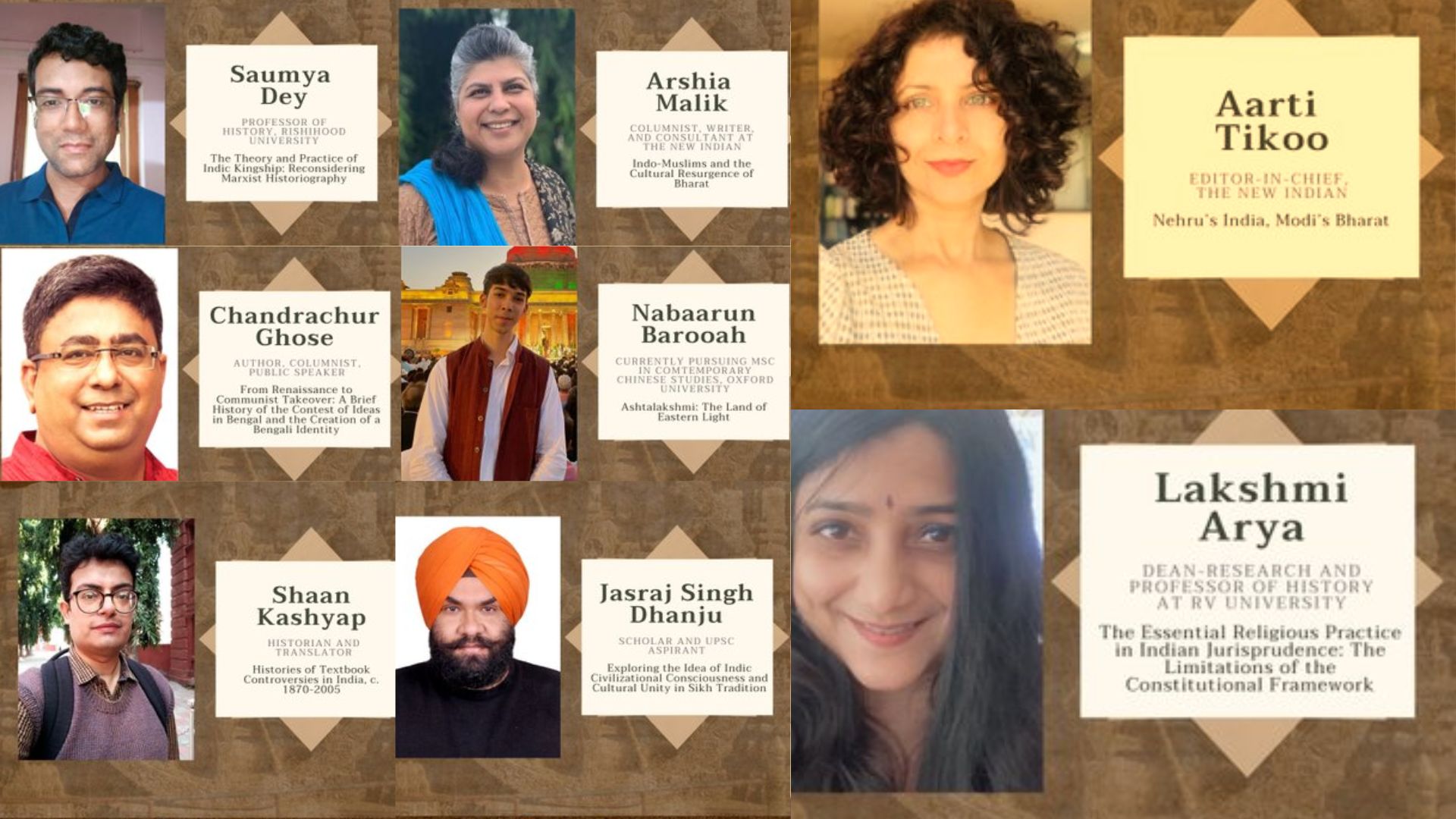
Upinder Singh writes an interesting anecdote in her book, Political Violence in Ancient India, about Jawaharlal Nehru introducing the new national flag to the Constituent Assembly in July 1947. It was a tricolour with three bands of saffron, deep green and white in the middle, with a navy-blue 24-spoked wheel (chakra) in the centre. As the debate followed, various members of the Assembly interpreted the flag with their own perceived socio-religious symbolisms. The wheel in the flag, they thought, represented the Gandhian spinning wheel, the sun’s rays, the wheel of time, even eternity. “But Nehru was unequivocal that it represented the wheel on the abacus of the Sarnath lion capital of the great Mauryan emperor Asoka and the teachings of the Buddha,” Singh writes.
The anecdote unwittingly suggests how history is often “manufactured”. The usage of the term “manufacture” may unsettle some — or in fact many — but as Prof Geoffrey Barraclough wrote in his 1955 book, History in a Changing World, “The history we read, though based on facts, is, strictly speaking, not factual at all, but a series of accepted judgements”. Or, even more disdainfully, as E.H. Carr wrote in his seminal book What Is History, “History is what the historian makes.”
So, here was a great Mauryan emperor who simply vanished from the pages of Indian history till he was miraculously rescued by James Princep in 1815 — to soon become the epitome of all that was good in ancient times. But was he that great? Was he that liberal? Was he that secular? Was he that non-violent post-Kalinga? A closer look, even through the prism of “eminent” historian Romila Thapar’s Marxist historiography, Asoka never fully appears to be great! In fact, he seems just the opposite. For example, look at Chandragupta Maurya, the founder of the empire and the grandfather of Asoka. He was a Jaina but a Brahmin in Chanakya was his prime minister. And his son, Bindusara, was, as per Buddhist texts Samantapasadika and Mahavamsa, followed Brahmanism, calling him a “Brahmana bhatto” (votary of Brahmanas). And his grandson was an avowed Buddhist.
Do we need a more secular, liberal ruler than this? And he built the empire, took to all the corners. Yet, he isn’t great. Asoka is. And what did Asoka do? He created a state religion in Buddhism, an antithesis of India’s ageless Sanatana tradition!
Asoka became great because the powers of the day, in collusion with “eminent” historians, wanted him to be great. And this is the problem I have with Ira Mukhoty’s otherwise brilliant book Akbar: The Great Mughal. It opens the cards even before the first dice is thrown. The reader is told even before he has read a single line that this Mughal emperor was great!
Akbar, no doubt, was a wonderful ruler. He was well ahead of his time, especially among Muslim rulers of the time. And many of the decisions that he took showed not just his audacity, truthfulness, liberal ethos but also his constant endeavour to become a better person, a just ruler. But if one looks at history, there were many others who would qualify for the same epithet. Do we call each of them great? Do we call Shivaji or Krishnadevaraya “great”? Why this selective approach? It is this selectivism that creates unease. Sadly, the author chooses to fall for this, though to her credit she never shies away from bringing out occasional flaws in Akbar’s acts and even character.
Here I would like to concede that the book and the author do not deserve such damnation. It’s a well-researched book, written in an easy, engaging language. Mukhoty is right when she says that one of the reasons for writing this book is that not enough popular books have appeared on Akbar in the last few decades. And the story of this Mughal emperor deserves to be told, for he dared to stand against the Muslim orthodoxy of the day to create a synthesis of what was later called “Ganga-Jamuni tehzeeb”. It’s another thing that the edifice of Akbar’s Sulh-i-Kul started shaking soon after he died when his son Jahangir got the revered fifth Sikh guru executed, and completely exterminated during his great grandson Aurangzeb’s time! From Akbar to Aurangzeb, India did witness some semblance of the great experiment which Akbar initiated and of which Dara Sikoh was the final — and the most tragic — manifestation.
Like Asoka, Akbar understood the power of the written words. If Asoka was rescued from the lost, forgotten pages of history, it was primarily because unlike his predecessors he chose to document his deeds through rock edits. Akbar too ordered, wrote Bayazid Bayat in 1587, “that any servants of court who had a taste for history should write”. He asked Abul Fazl to compose the monumental Akbarnama, chronicling the emperor’s long life and rule. Even his aunt, Gulbadan, was encouraged to write a memoir “of women on horseback, of women journeying and living in tents, and sharing the struggles and victories of their men”.
It’s this richness and diversity of the written words that Mukhoty, who had earlier authored Daughters of the Sun: Empresses, Queens and Begums of the Mughal Empire, exploits to create a vibrant, multi-dimensional image of Akbar — a ruler who had anger issues and yet would be seen “crouching down on the floor to watch spiders spin their webs”, as Abul Fazl informs.
The book is at its best, not surprisingly given the author’s previous book on Mughal queens and begums, while exploring Akbar’s relations with the women in his harem. He shared relationships that were beautiful, mutually respectful, and yet often enigmatic. The diversity of documents makes the overall picture interesting, though at times messy, thus making the task of a historian difficult. For, the same incident can be recorded in different ways by different chroniclers.
Mukhoty explains how on Akbar’s Hindu wives, while Abul Fazl is mostly silent, saying “royal women were to be ‘pardey-giyan’ or invisible”, Badauni complains that they had “influenced (the emperor’s) mind against the eating of beef and garlic and onions, and (against) association with people who wore beards”. The Jesuits, on the other hand, were in “perplexed bemusement” about the Mughal harem, saying except the first wife, the rest were “courtesans and adulteresses”! Akbar heard them with curiosity, Mukhoty writes, but as news travelled to the harem, it provoked a huge uproar, forcing them to leave the court for Goa.
Ira Mukhoty’s book is an engaging, endearing book, definitely much better than what the name suggests. But what’s in a name, as Shakespeare famously wrote in Romeo and Juliet!













